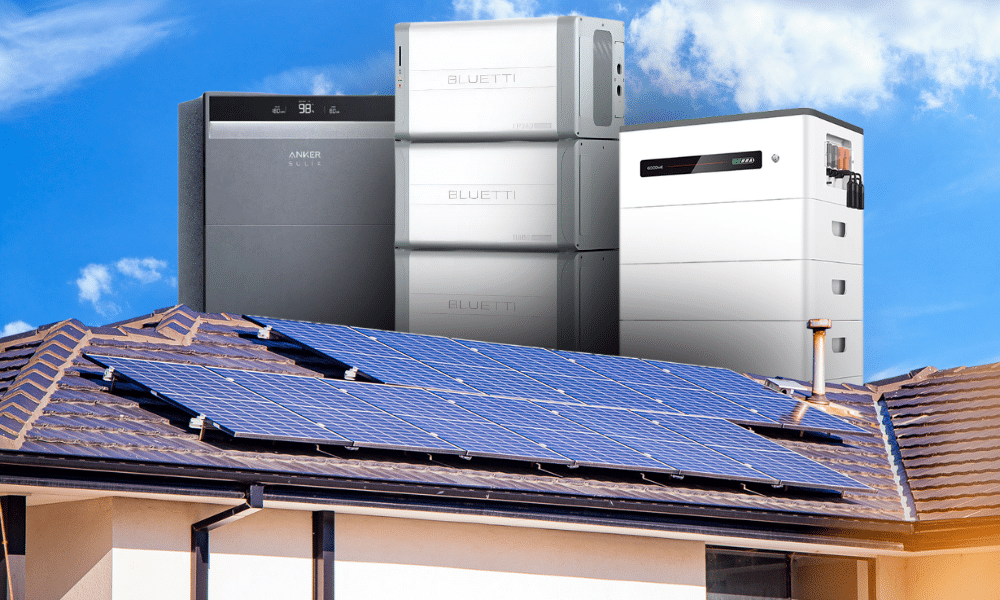From 1 July, the Federal Government is launching an upfront rebate, the Cheaper Home Batteries Program, for home batteries, a move that’s got plenty of Australians buzzing. But here’s the kicker: it’s a one-time offer per household. So, if you’re thinking about adding storage to your solar system, now’s the time to get it right the first go.
Why size matters (and not just for show)
Your current energy needs might be modest, and a 5kWh battery could suffice. However, as technology advances and households increasingly adopt electric vehicles, battery-powered tools, and other energy-intensive devices, your energy consumption is likely to grow. A small battery installed now may not meet your future needs.
Importantly, the rebate applies only once per household. If you install a smaller battery now and later decide to upgrade, you’ll miss out on the rebate for the additional capacity. Therefore, it’s wise to consider future-proofing your energy storage by opting for a larger battery from the outset.
The federal battery rebate: generous, but not forever
The Cheaper Home Batteries Program is set to run until 2030, with the rebate value decreasing each year. This means the earlier you invest, the more you save. Delaying your decision could result in higher costs as the rebate diminishes over time.
For systems between 5kWh and 50kWh, the rebate offers up to $372 per usable kilowatt-hour of battery capacity. This can translate to significant savings, especially when combined with state-based incentives.
Think long-term: future-proof your system
Consider your long-term energy needs. If you plan to purchase an electric vehicle, switch to electric heating, or add more appliances, your energy consumption will increase. A larger battery installed now can accommodate these future demands, ensuring you maximise the benefits of your solar system.
Moreover, integrating a larger battery from the start avoids the complexities and additional costs associated with upgrading or adding a second battery later. It also ensures you fully capitalise on the rebate, which is only available once per household.
Run the numbers: savings stack up
A larger battery may have a higher upfront cost, but the rebate significantly offsets this expense. When you factor in potential savings on electricity bills, up to $2,300 annually for homes with both solar and battery setups, the investment becomes even more compelling.
Additionally, modern batteries come with warranties ranging from 10 to 15 years, providing long-term reliability and peace of mind. By investing now, you lock in these benefits and protect yourself against future energy price hikes.
Bottom line: don’t wait for ‘later’
When it comes to home batteries, procrastination can be costly. Installing a smaller battery now may lead to insufficient capacity in the future, and upgrading later means missing out on the rebate.
With the Cheaper Home Batteries Program offering substantial savings and the federal battery rebate value set to decrease annually until 2030, the optimal time to invest is now. By choosing a larger, future-proof battery, you ensure your home is equipped to meet evolving energy demands while maximising financial incentives.
















































